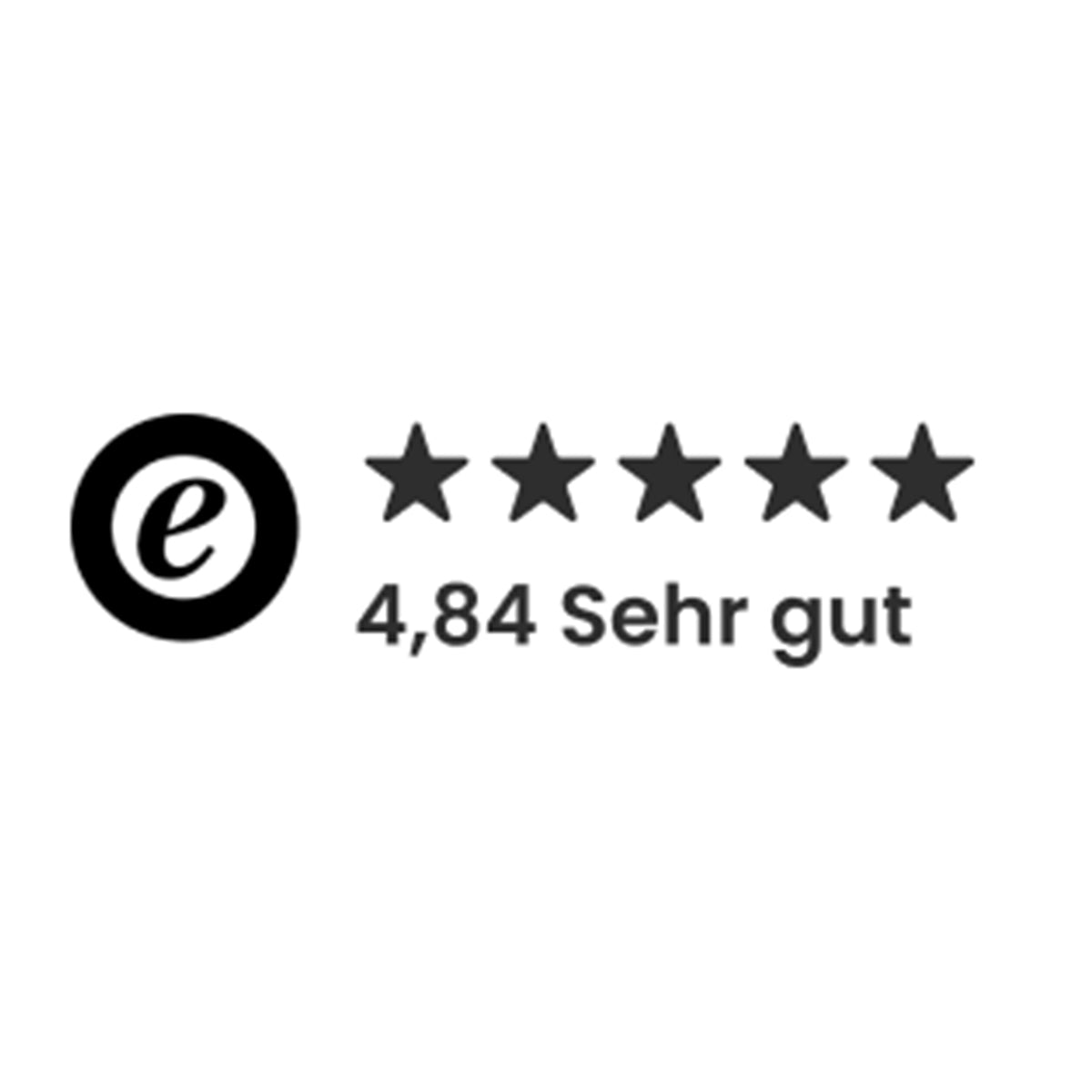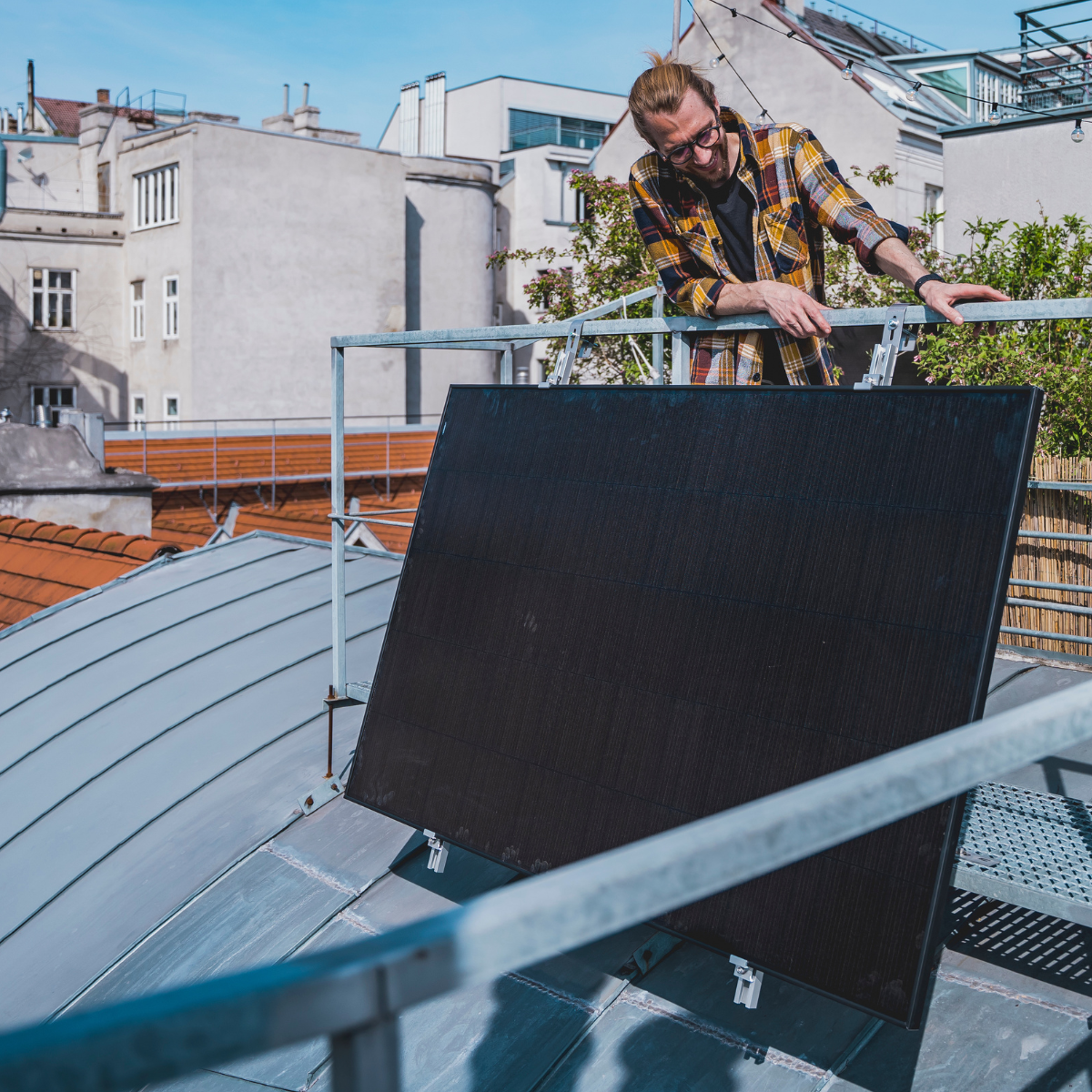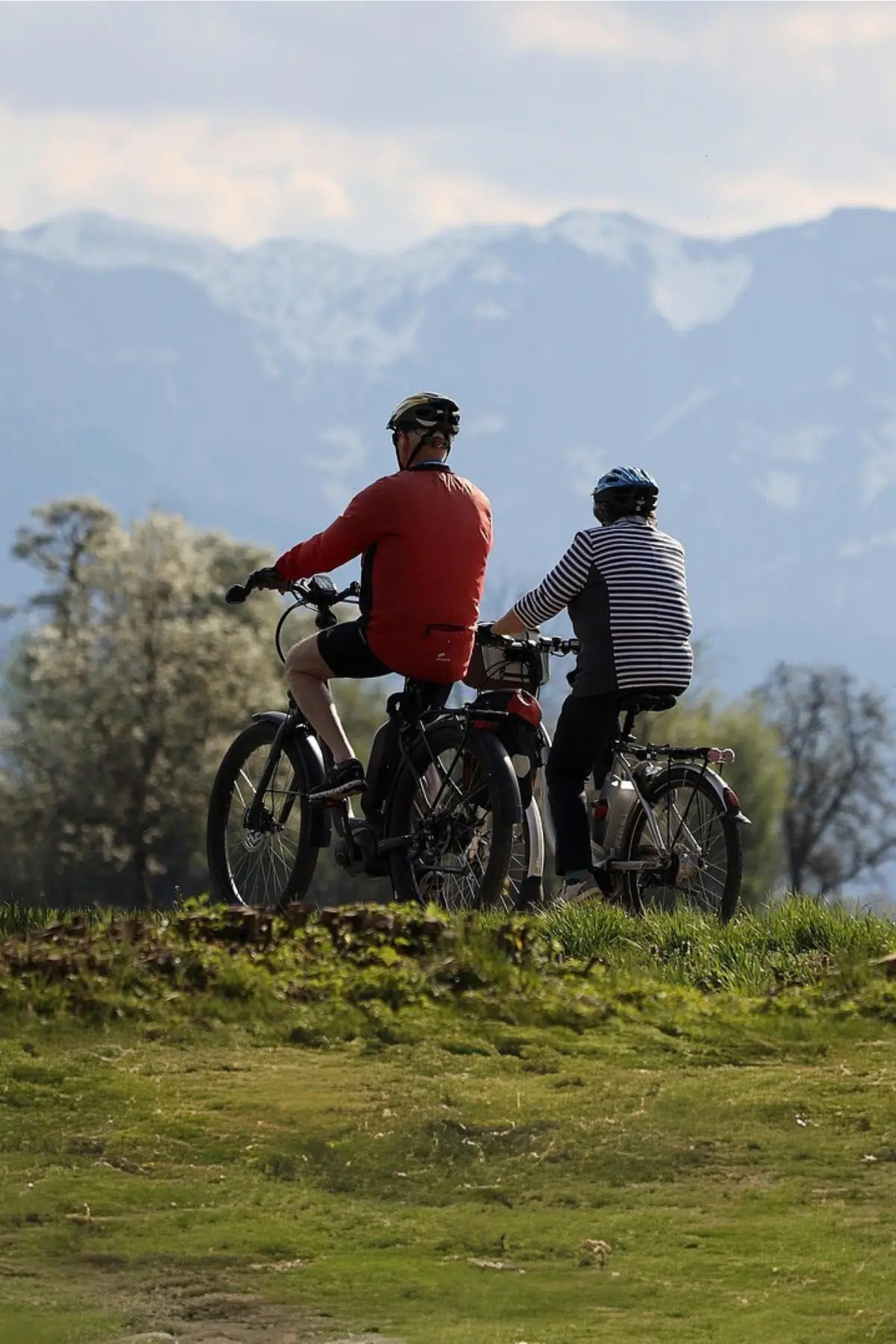Taking an e-bike on a camping holiday is becoming increasingly popular. It's no wonder: The combination of freedom, nature, and sustainable mobility appeals to many outdoor enthusiasts. But how can you charge an e-bike away from a power outlet? There are two smart solutions: You can either charge your e-bike using a power station with a solar panel or using your camper's lithium-ion battery in combination with an inverter. Both options allow you to charge independently while on the go. Learn what you need to consider.
Charging e-bikes on the go - the challenge of camping
Anyone who camps with an e-bike in tow knows the problem: the battery is dead and there's nowhere to go. While some campsites have power hookups, the situation is often different when camping in the wild or at natural sites. While carrying a spare battery is an option, it's limited on longer outdoor excursions.
Charge your e-bike with a power station and solar panel

A mobile power station combined with foldable solar panels offers the perfect solution for anyone who doesn't want to be without their e-bike while camping. The power station stores the power generated by the solar panel during the day, providing enough energy overnight to conveniently recharge your e-bike battery.
Proven models include the EcoFlow RIVER 2 Max and the powerful EcoFlow DELTA 2 , both of which feature 230V outputs and are ideal for charging e-bikes. Combined with the powerful 200 Wp SunFolder from WATTSTUNDE, this creates a compact, flexible set for on-the-go use. The power station provides the power, while the solar bag takes care of daily recharging. This combination is ideal for self-sufficient charging while traveling.
Charging your e-bike via the on-board battery with an inverter
If you already have a Lithium on-board battery in your motorhome or van, you can also use it to charge your e-bike. A suitable inverter is required with sufficient power. This option is particularly interesting if you already have a standalone setup.
What should you pay attention to when making your selection?
For charging to work smoothly, one thing is particularly important: The power station must be compatible with your e-bike's charging electronics. E-bike chargers typically require a 230-volt outlet. Power stations like EcoFlow's with integrated Schuko sockets are ideal for this. We offer a wide selection of EcoFlow power stations.
Calculate capacity correctly: How often can an e-bike be charged?
An average e-bike battery has a capacity of around 500 watt-hours (Wh). For example, if your power station has 1500 Wh, the calculation is as follows:
1500 Wh (capacity of the power station) ÷ 500 Wh (consumption per battery charge) = 3 charging processes
However, keep in mind that charging will result in losses, particularly due to the inverter. Realistically, you should plan for a loss of around 10–20%. In our example:
1500 Wh × 0.8 (loss included) = 1200 Wh usable energy
1200 Wh ÷ 500 Wh = approx. 2.4 charging cycles
You can usually find the exact capacity of your e-bike battery directly on the battery casing or in the manufacturer's technical data sheet. The capacity of the power station is listed in the product description or on the type plate. If you're using a lithium-ion battery with an inverter, you'll also find the storage capacity information on the battery's type plate or in the vehicle documentation. Make a note of these values to better plan your range and charging cycles.
Charging tip: Charge at night, soak up the sun during the day
The best strategy: Charge your battery at night, while during the day either the power station is recharged by solar energy or your onboard battery is recharged by the vehicle or a permanently installed solar panel. A permanently installed system in your camper can also be used effectively here. This creates a self-sufficient circuit that makes you independent of the power grid – regardless of whether you're traveling with a power station or the onboard battery.
What to do in bad weather?

The sun doesn't always shine. Therefore, it's a good idea to choose a generous power source—whether it's a power station or a lithium onboard battery. Knowing how much energy your e-bike consumes allows you to plan ahead and factor in a buffer for days of inclement weather.
Practical tips for your camping trip with an e-bike:
- Charge your e-bike immediately after your ride to avoid over-discharging the battery.
- Always keep your solar panel clean and at the optimal angle to the sun.
- Calculate your daily consumption and adjust your setup accordingly.
- Pack an extended solar cable for more flexibility in standing in the shade.
- Test your setup at home before your trip to make sure everything works.
Conclusion
Whether it's a weekend trip or an extended camping holiday, with the right equipment, you can easily charge your e-bike on the go – without having to rely on a fixed power source. Whether it's a power station with a solar panel or a lithium on-board battery with an inverter, both systems offer flexible options for charging your e-bike's battery safely and efficiently.
It's important that you tailor your charging setup precisely to your needs. Calculate your daily power consumption, choose sufficient capacity for multiple charging sessions, and pay attention to low-loss technology. This way, you'll be perfectly equipped for every trip—whether with a motorhome, van, or tent.
Embark on your next adventure with your camper and e-bike, fully charged batteries, and maximum independence!









